I put any round after seed, but before going public in this bucket. These are usually the “letter rounds”: series A, B, C, etc. While the point of raising a round is to help get a company to the next level, ironically the largest cost is optionality. There are certain roads that will be closed to you after you raise money, especially depending on whom you raised from. I break out the mid-stage equity costs as follows:
• Fulfilling the pitch deck promise: You have to actually fulfill the promises you pitched to investors. A safe view to have is that the money you raised isn’t actually yours, but the investors’. And those investors put money into your company to be spent on specific items to get specific returns.
• Board seats: It is reasonably common for a lead investor in a round to ask for a board seat or at least a non-voting board observer seat. There are a lot of pros of having board members; however, you lose some of your freedom. An official board of directors is the overall “boss” of the company. You may be the founder or CEO of a company, but in the end, you answer to the board.
A common rule of thumb I use for the due diligence on a potential board member is that of a roommate. A board member is in your business, you’ve basically invited them into your home, and you’ve given them some power over how that home operates. What type of traits would you want in a roommate? What are the red flags? Realize, once you get a board member, they are hard to remove.
• Chasing returns: Investors have goals when they give you their money. Sometimes, those goals are obvious, and you have set them in your pitch deck. Other times, an investor has a return goal that is not in line with where you want to take the company and you may be pressured to do things you don’t want. It is imperative that you understand investors’ return goals and time horizons before you take their money.
• Forgone future paths: Depending on how much money you raise and the promises you make to investors, you may end up forced down specific roads. Usually, the amount of money you raise, the valuation and the time horizon until you run out of money will be the three largest decision-makers for you.
For instance, while raising a lot of money at a large valuation sounds great, it also forces you down a growth path that may not be where you want to go. There are worse things. Hopefully, you raised enough money and bought enough time so you can hit milestones that drive up your valuation, and you don’t have to deal with a down round.



